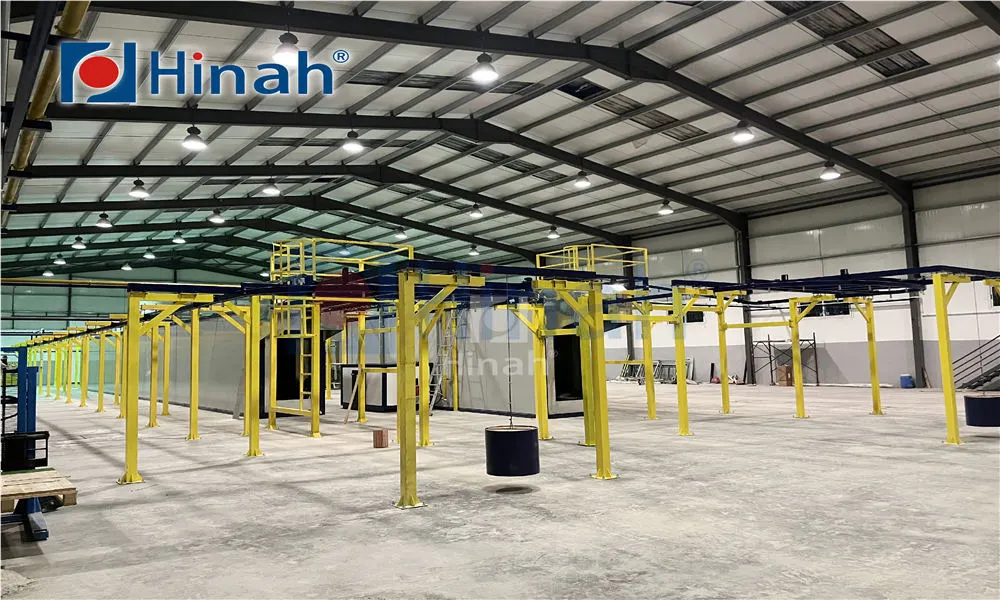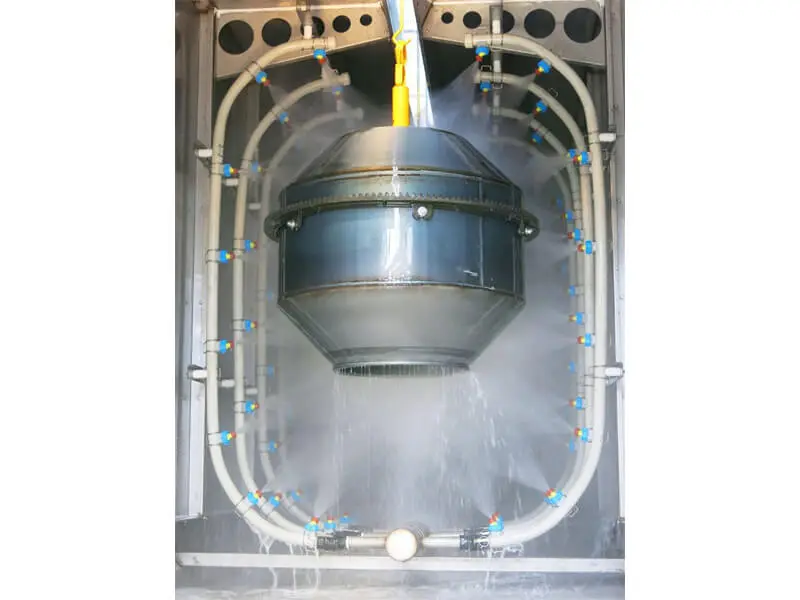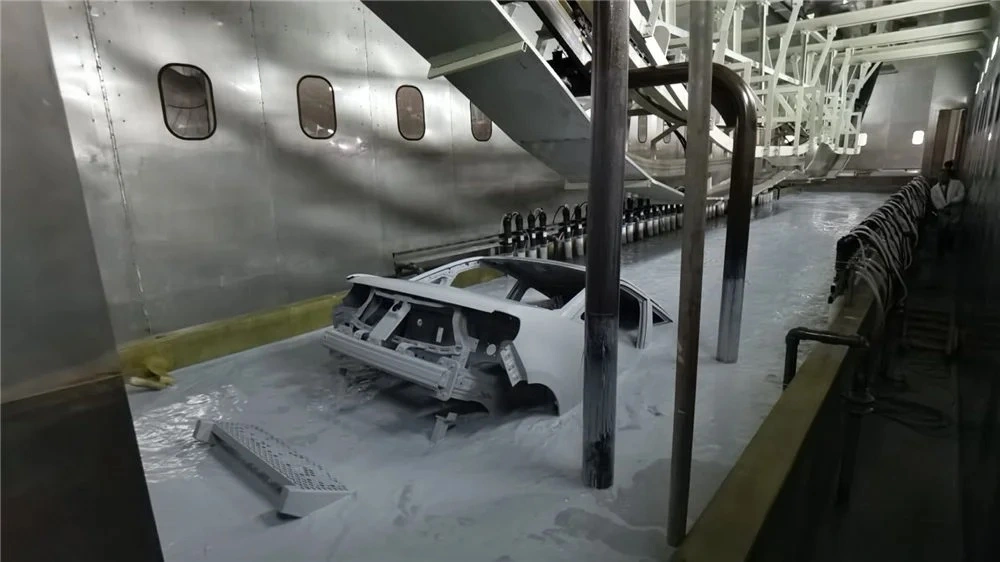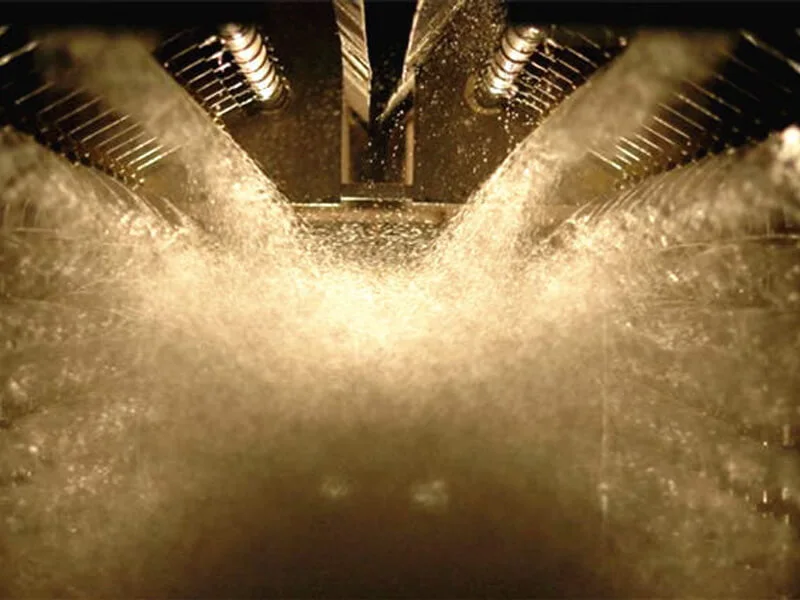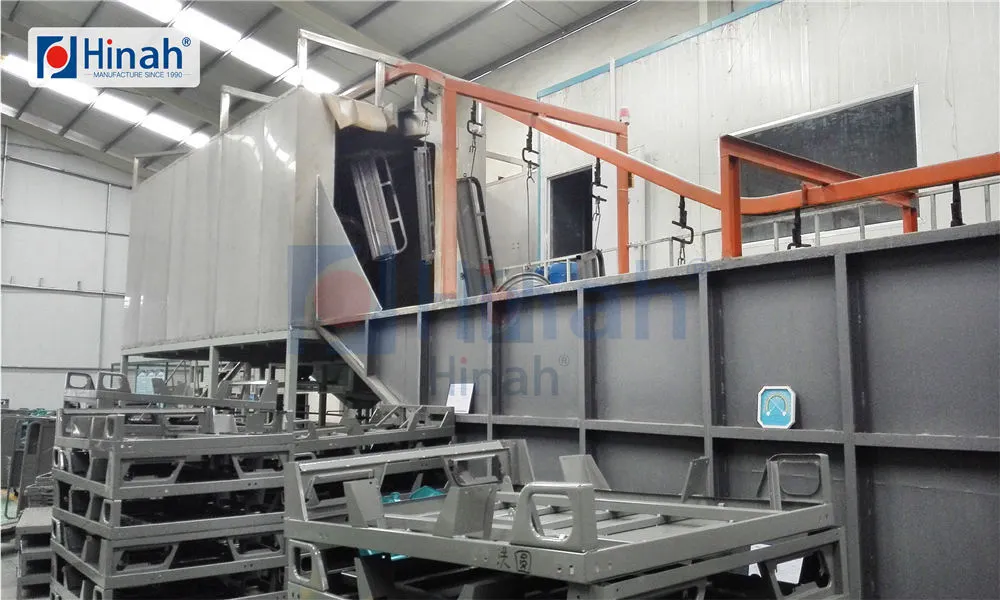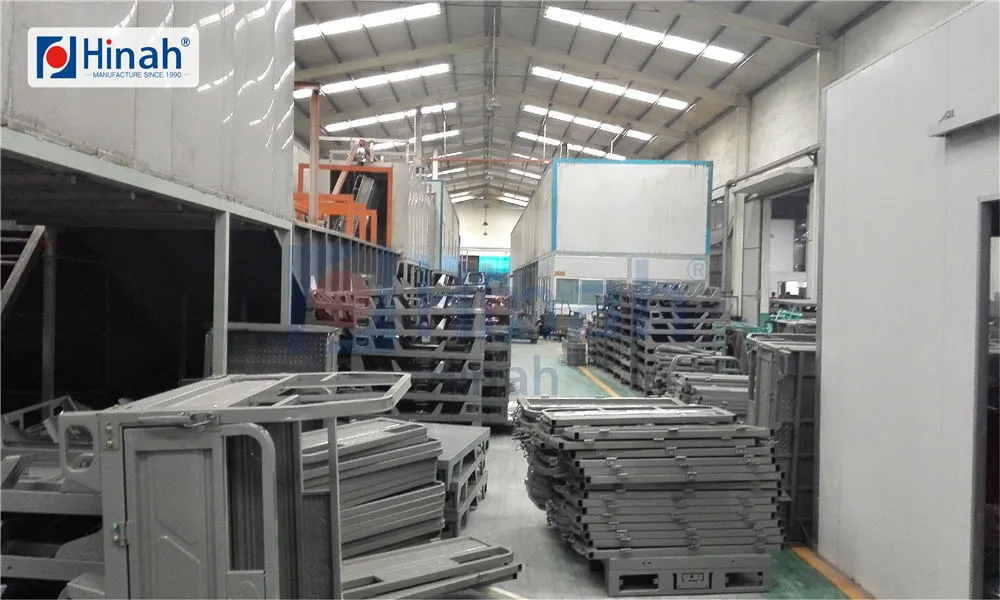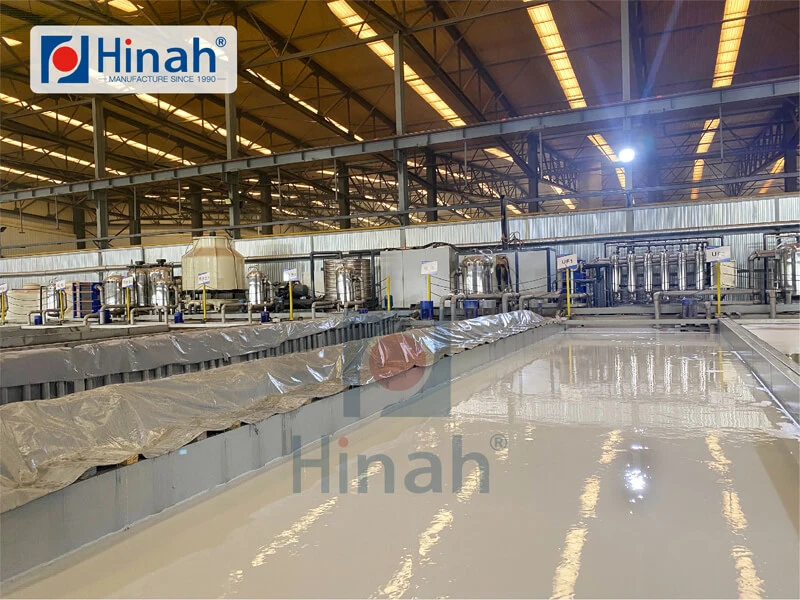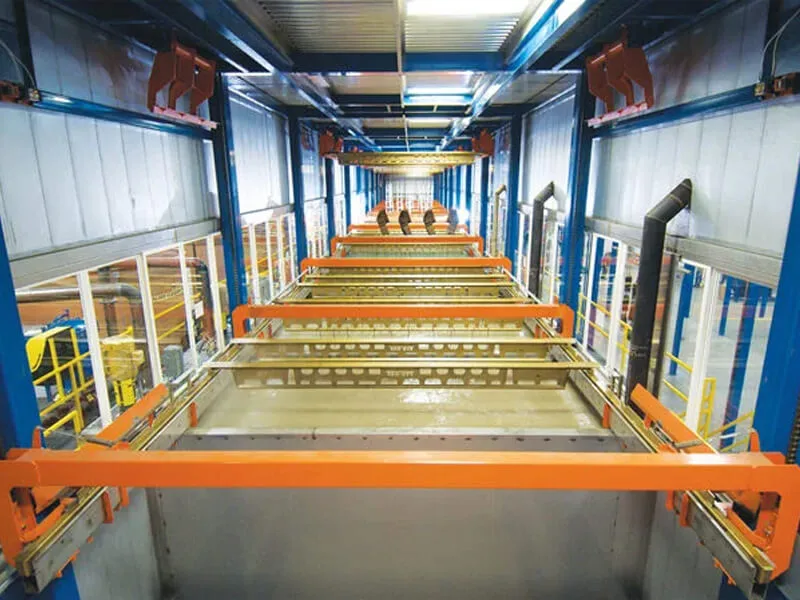The finishing touch on a product is often what defines its quality, durability, and market appeal. In the world of industrial finishing, powder coating has emerged as the premier choice for applying a high-quality, resilient, and environmentally friendly surface treatment. Whether you're an established manufacturer looking to bring finishing in-house or an entrepreneur launching a new venture, setting up a powder coating plant setup is a significant but rewarding investment.
This comprehensive guide will walk you through the entire process. We will delve into the critical factors influencing the powder coating plant setup cost, how to choose a reliable powder coating plant manufacturer, and the fundamental principles of the powder coating process itself. Furthermore, we will highlight common challenges you might face and how to avoid them, ensuring your new operation starts smoothly and efficiently.
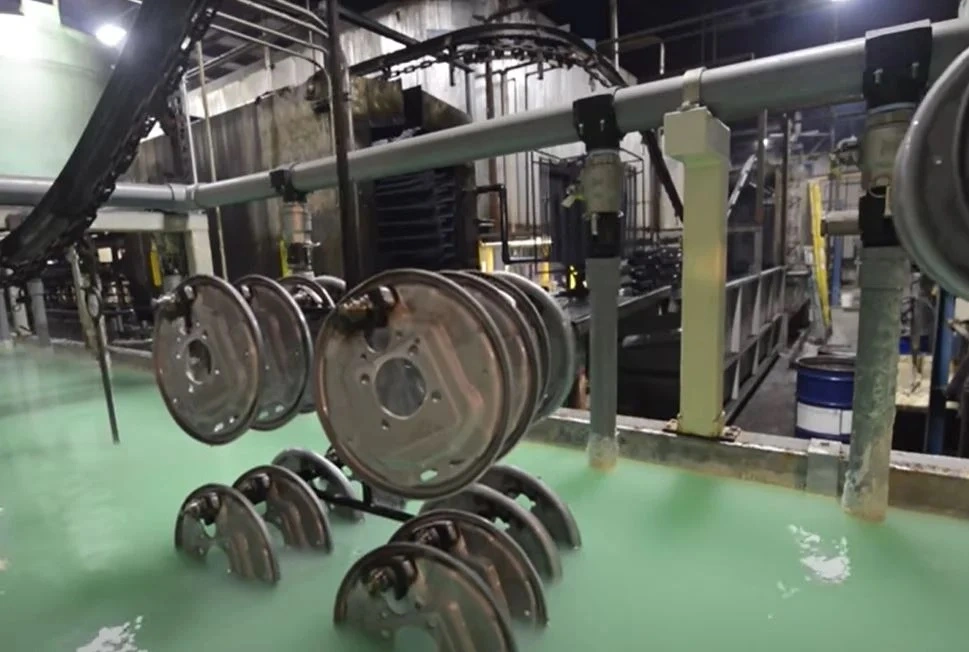
What is Powder Coating? Understanding the Core Technology
Before diving into the setup, it's crucial to understand what powder coating is. Unlike traditional liquid paints, which require solvents to keep the binder and filler parts in a liquid suspension, powder coating is a dry finishing process. It involves applying a electrostatically charged, free-flowing dry powder to a grounded surface. The charged particles adhere to the part and are then cured under heat, where they melt, flow, and form a durable, hard "skin" that is much tougher than conventional paint.
The key advantages that drive the demand for powder coating plant setup include:
Durability: Highly resistant to chipping, scratching, fading, and wearing.
Eco-Friendliness: Contains no solvents and releases negligible amounts of Volatile Organic Compounds (VOCs). Overspray can be recycled.
Efficiency: Achieves thicker coatings in a single application without runs or sags.
Aesthetics: Offers a wide range of colors, textures, and finishes.
Key Components of a Powder Coating Plant Setup
A complete powder coating plant setup is more than just a spray booth and an oven. It's an integrated system of several key components that work in harmony.
Pre-Treatment Stage
This is arguably the most critical stage for achieving a high-quality finish. Proper pre-treatment ensures the substrate is clean and prepared for optimal powder adhesion. The typical stages are:
Cleaning/Degreasing: Removes oils, dirt, and contaminants.
Rinsing: Washes away cleaning chemicals.
Conversion Coating: Applies a phosphate or chromate layer (for metals) to enhance corrosion resistance and powder adhesion.
Final Rinsing: Uses deionized water to prevent spotting.
The Application System
This is the heart of the operation where the powder coating is applied.
Spray Booth: An enclosed area designed to contain overspray. A good booth features efficient airflow to keep the environment clean and safe for the operator.
Powder Spray Guns: Electrostatic guns (manual, automatic, or both) that charge and apply the powder. The choice of gun significantly impacts transfer efficiency and finish quality.
Powder Feed System: Consists of a fluidized powder hopper and a pump that delivers a consistent stream of powder to the spray gun.
Recovery System (Reclaim): A recovery unit and sieve that collect overspray powder, filter out contaminants, and allow it to be mixed with virgin powder for reuse (up to 99%).
The Curing Oven
After application, the coated parts must be cured. The oven heats the parts to a specific temperature for a set amount of time, causing the powder to chemically cross-link and form its final protective layer. Ovens can be convection or infrared and are powered by electricity, natural gas, or propane.
Material Handling
An often-overlooked but vital component. This includes overhead conveyors, monorails, batch ovens with carts, or simple hand-held racks. The system must be designed to move parts efficiently through pre-treatment, application, and curing without causing damage or contamination.
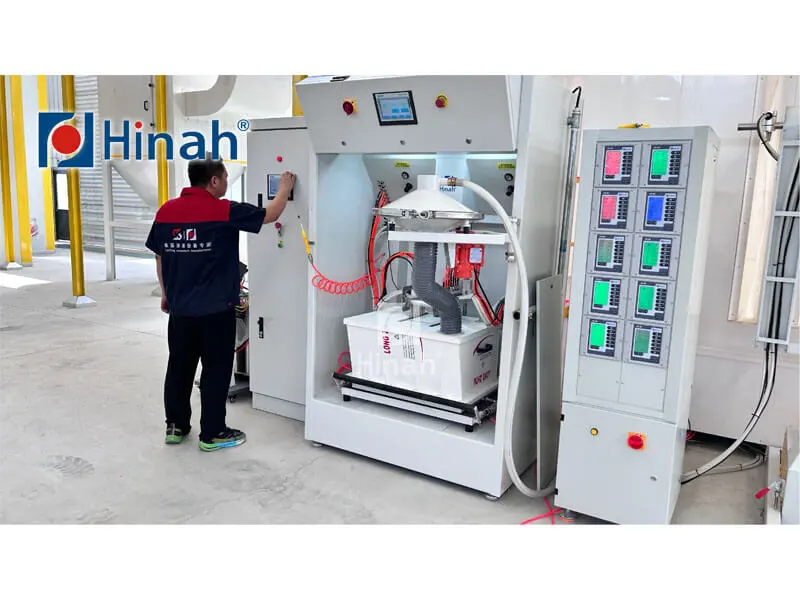
Analyzing the Powder Coating Plant Setup Cost
The powder coating plant setup cost is highly variable and depends on the scale, automation level, and specific requirements of your operation. Here’s a breakdown of the primary cost factors:
1. Scale and Throughput: A small, manual batch system for a job shop will cost significantly less than a high-volume, fully automated conveyorized line for an automotive supplier.
2. Pre-Treatment System: A simple 3-stage wash system is less expensive than a sophisticated 7-stage zinc phosphating line with temperature controls and waste treatment.
3. Application and Recovery Equipment: The cost varies with the number of manual guns, the inclusion of automatic guns, and the sophistication of the powder recovery system.
4. Curing Oven: Size, insulation quality, heat source (electric vs. gas), and control systems are major cost drivers. Energy efficiency is a key long-term cost consideration.
5. Facility Requirements: Costs for building modifications, electrical upgrades (often requiring 3-phase power), gas line installation, and enhanced ventilation must be factored in.
6. Auxiliary Equipment: This includes compressors with air dryers (essential for clean, dry air), exhaust fans, and racking.
Cost Ranges (Estimates):
Basic Manual Batch System: $50,000 - $150,000
Medium-Scale Conveyorized Line: $150,000 - $500,000
Large, Fully Automated Line: $500,000 - $2,000,000+
These figures are for equipment. Always budget for installation, training, and initial powder and chemical inventory.
How to Choose a Powder Coating Plant Manufacturer
Selecting the right powder coating plant manufacturer is a decision that will impact your operations for years to come. Here are the key criteria to evaluate:
Experience and Reputation: Look for a manufacturer with a proven track record and strong references in your industry. How long have they been in business?
Technical Expertise and Support: They should offer a thorough consultation to understand your needs (parts, materials, throughput) and provide a customized system design. Post-sale support, training, and spare parts availability are non-negotiable.
Quality of Components: A system is only as good as its parts. Inquire about the brands of key components like guns, pumps, filters, and burners they use. Do they use robust materials like stainless steel for pre-treatment tanks?
Turnkey Capability: Can the manufacturer provide a complete powder coating plant setup, including design, fabrication, installation, and commissioning? This simplifies the process and ensures single-point accountability.
Compliance and Safety: The manufacturer must ensure the system meets all relevant local and national safety and environmental codes.
Common Problems and Challenges in Powder Coating Plant Setup
Even with the best planning, issues can arise. Being aware of these common problems will help you mitigate them.
Inadequate Pre-Treatment
Problem: The number one cause of coating failure. Poor cleaning or conversion coating leads to adhesion problems, blistering, and premature corrosion.
Solution: Invest in a properly sized pre-treatment system. Regularly test chemical concentrations, temperatures, and spray pressures. Use deionized water for final rinses.
Poor Film Thickness Control
Problem: Applying too little powder results in an "orange peel" texture and poor coverage; too much can lead to runs, sags, and incomplete curing.
Solution: Train operators on proper gun technique (distance, speed, pattern). Use a film thickness gauge to regularly check parts and calibrate the process.
Contamination
Problem: Dirt, oil, silicone, or cross-contamination from different powder colors in the reclaim system creates defects in the finish.
Solution: Maintain a scrupulously clean shop environment. Implement strict material handling protocols. Use dedicated equipment for specific colors or thoroughly purge the system when changing colors.
Curing Issues
Problem: Under-curing results in a soft, gummy film that lacks durability. Over-curing can make the film brittle and cause discoloration.
Solution: Accurately measure the part's metal temperature, not just the oven air temperature. Use an oven profiler to verify the time-temperature curve for your specific parts. Regularly maintain oven burners and elements.
Inefficient Layout and Material Handling
Problem: A poorly designed workflow creates bottlenecks, increases handling time, and can lead to parts banging into each other, causing damage before or after coating.
Solution: Work closely with your powder coating plant manufacturer to design a logical, efficient floor plan. The flow should be linear: pre-treatment -> drying -> application -> curing -> cooling/unloading.
Is a Powder Coating Plant Setup Right for You?
Establishing a successful powder coating plant setup is a multifaceted project that demands careful planning, a significant financial investment, and a commitment to process quality. The journey involves a deep understanding of the powder coating technology itself, a realistic assessment of the powder coating plant setup cost, and a diligent selection process for your powder coating plant manufacturer.
By thoroughly researching your market, accurately calculating your throughput needs, and choosing an equipment partner who offers robust technology and unparalleled support, you can avoid common pitfalls. A well-planned and executed powder coating plant setup will become a valuable asset, providing superior product finishes, reducing long-term costs, and giving your business a competitive edge in the market for years to come.


